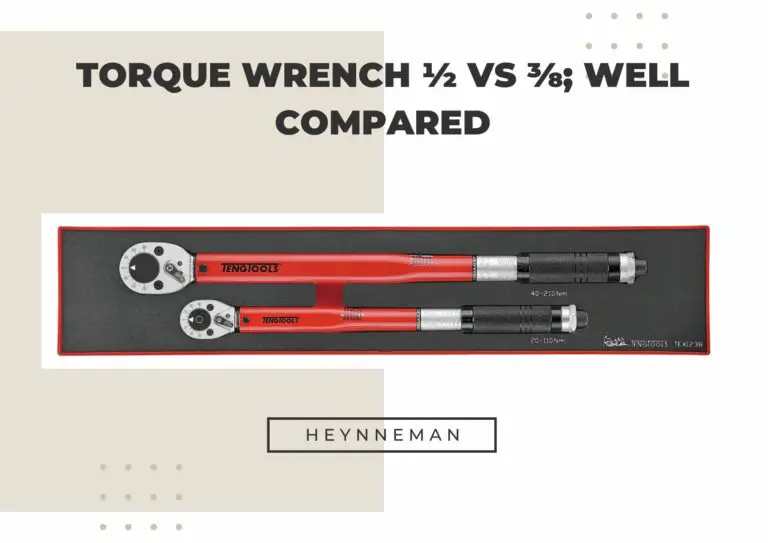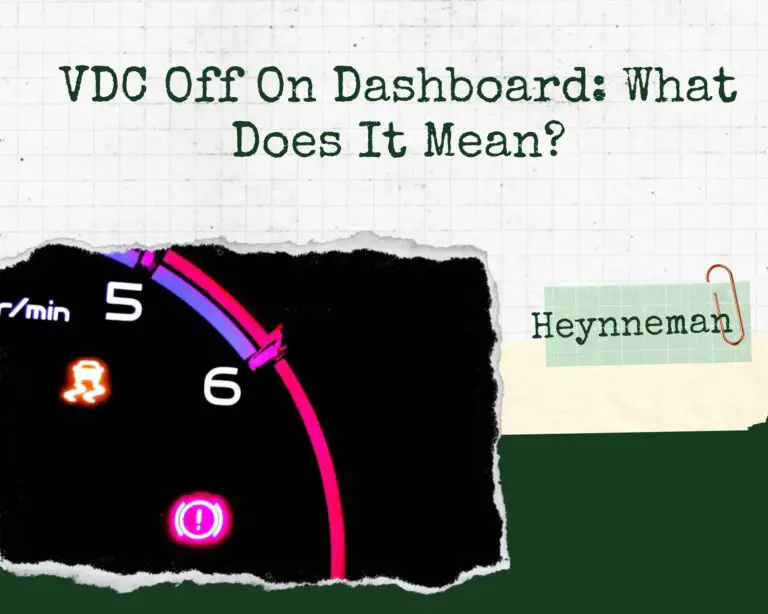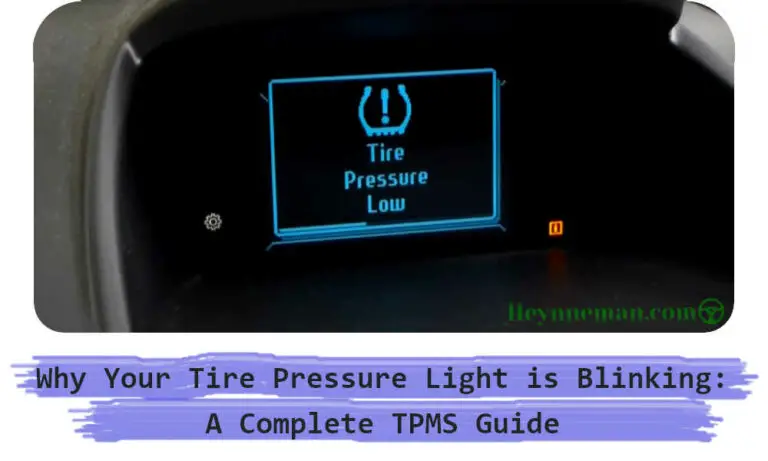What Happens If Your Serpentine Belt Breaks? Causes & Solution
Modern car users are keen to know about every component of their vehicle and its significance, and for such enthusiastic learners, here I introduce a vital part of modern vehicles: a serpentine belt. As the name implies, it is a strap, almost like a snake, which takes hold of and is responsible for powering most of the components in your vehicle; if this belt fails, your vehicle may declare a strike, and you might end up stranded in your mid-way. In simple terms, serpentine is a coordinator who pulls together all the components by distributing power equally to all members. This prevents wear and tear and maximizes the optimal Performance of your vehicle.
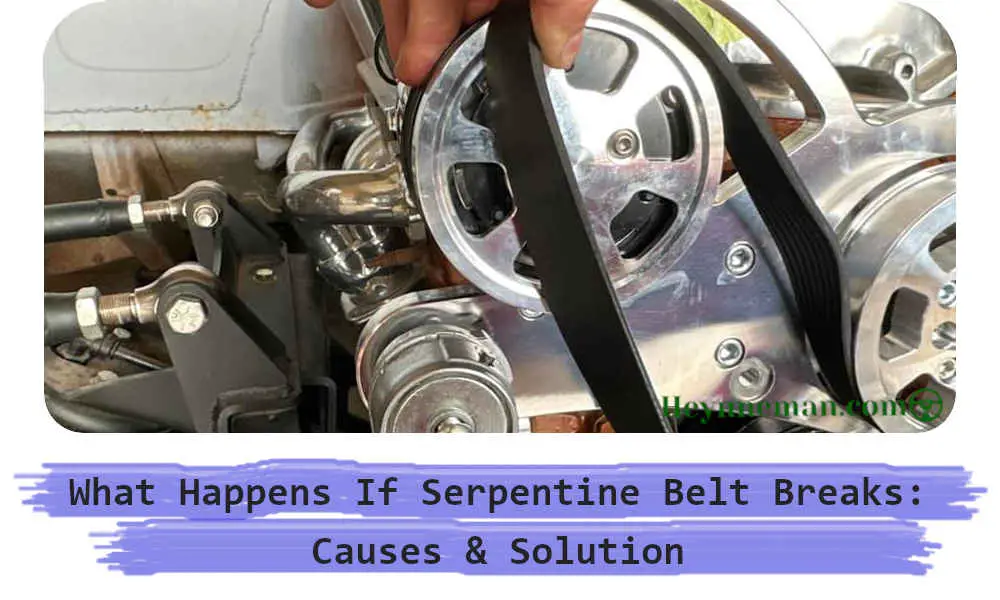
Serpentine belts are an innovative solution that substitutes all the individual belts in older days. This long snaking strap is an all-rounder that winds and powers all the vital components in your vehicle. The main advantage of serpentine, in contrast to individual belts, is that it runs all the components at the same time and reduces wear and tear, as well as optimizes Performance. This reduces noise and vibration effectively and drives all parts together in correspondence to the crankshaft motion.
This belt, built-in rubber, is strengthened with fiberglass cords, and you may track them down, usually in front of your vehicle’s engine block. This works similarly to the coiling of a snake and is activated by a crankshaft pulley and is connected to the engine. From there, it loops around other pulleys that power different components in the machine, such as the alternator, air conditioning compressor, power steering pump, and water pump.
This belt uses an automatic tensioner that effectively copes with tension changes due to temperature or engine load, as well as threading this belt properly. The main role of this belt is to transfer power from the engine crankshaft to other components and run them by equally distributing power among them.
Various Functions of Serpentine Belt
By explaining the various functions of the Serpentine belt, you will understand its role in keeping your vehicle up:
- Powers your alternator: The alternator is the key to your car’s electric system; moreover, this keeps your car battery charged. The alternator is powered by the serpentine belt, thereby ensuring the proper functioning of the electrical system.
- Operates the water pump: The Serpentine belt takes hold of the water pumps and operates them, which helps to maintain the engine temperature appropriately.
- Driving the air conditioner: The serpentine belt drives the AC compressor, which pumps refrigerant through your AC system to provide your vehicle with cool and comfortable air.
- Activates the power steering: The serpentine belt reduces your effort to turn on the steering and makes it more maneuverable.
What Happens If Your Serpentine Belt Breaks?
Serpentine belt breaking can become a showstopper for your driving, as it’s an all-rounder powering multiple parts, and if it fails, you will be in the lurch. Here are some potential outcomes you may encounter if your belt breaks:
- The car will shut off: As the serpentine belt powers the alternator, which in turn produces the electric power, a snapped serpentine belt can turn off your car randomly. If the serpentine belt fails, your alternator will not produce electricity, which will dim your headlights, stop the working of your stereos, and eventually drain your battery and put a stop to your journey.
- Dysfunctional power steering: Can you imagine your power steering malfunction when you are in heavy traffic? This may become a reality if your serpentine belt breaks. Serpentine belts operate the power steering motor, and this will be affected if it fails. Driving without power steering may not be a problem when you’re at speed, but the steering may get heavier when you slow down and reduces the maneuverability.
- Fizzle out the circulating engine coolant: If this belt fails, that will be an end to the functioning of the water or coolant pump, which maintains the temperature of the engine. The failure leads to the overheating of the engine system, and your temperature gauge will be in a red zone.
- Stops the function of air conditioning: The ceasing of air conditioning may not be a problem when the air is excellent; you can roll down the windows and manage, but if it rains heavily, this may twist the plot: your glasses will fog up, obscuring the vision. Or, if it’s boiling outside, traveling will be tedious without air conditioning. If the serpentine belt breaks, it may affect the operation of your air conditioning.
Causes for the Dysfunctional Serpentine Belt
- Gradual wearing over time: As the belt is built up in rubber, it may fray and eventually wear away with time. Moreover, it may crack due to overexposure to heat.
- Misalignment pulleys: A serpentine belt winds together all the pulleys in your engine system; if any of them are not placed properly, this may lead to an alignment issue. The belt may become loose or tight, and if it’s loose, slip off from its position, and if it’s too tight, it may lead to easy wearing of a serpentine belt.
- Incorrect tension: The Tensioner automatically keeps the belt taut, and if the tension is not constant or not properly maintained, it may make the belt too loose or tight and accelerate the natural wearing.
- Fluid leaks: Any of the fluid leads can damage the belt surface and make the belt more slippery; this may damage the belt and other components.
- Impaired components: If any of the components in the engine system that are winded by the serpentine belt wear out, this may alter the Performance of the serpentine belt and may lead to snapping.
Why Is My Car Going Through Coolant So Fast?
heynneman
Warning Signs of a Bad Serpentine Belt
You may be troubled by how to identify the bad serpentine belt. Stop worrying about it; if you could effectively decode some signals, you can easily recognize the issue, such as:
- Screeching sounds from under the car: When your serpentine belt is damaged, it alters the function of related components like the alternator, power steering, etc. And if you have a faulty serpentine belt, when you turn on the steering, radio, or headlight, a screeching sound may appear. This indicates a worn or faulty serpentine belt.
- Engine light or the battery light signal: As it stops the alternator, it may stop producing electric power to keep your vehicle up as well as drain your battery, and this leads to the illumination of the check engine warning light or battery warning light.
- Improper air conditioning: If you have a dysfunctional serpentine belt, it may lead to the ceasing of air conditioning altogether.
- Heavy steering: If your steering gets harder, that indicates the stopping of power steering, which is driven by the serpentine belt. This sudden alteration can be a sign of a faulty serpentine belt system.
- Engine overheating: Water pumps in your vehicle are powered by the serpentine belt, and a ceasing of serpentine belts stops activating water pumps, which in turn increases the engine temperature and may produce steam from the engine or may turn on your gauge as a red zone.
- Check the video below for more details.
How Much to Replace Serpentine Belt
The serpentine belt’s price typically begins at approximately $20 and can reach a maximum of $80. Labor charges are estimated to fall within the range of $70 to $100. When considering all these factors, the total cost for serpentine belt replacement ranges from $90 to $180. Typically, the replacement process takes about an hour, and if you possess some basic knowledge of car repairs, you may be able to perform the belt replacement yourself.
Why Is My Car AC Blowing Hot Air?
heynneman
How to Replace Serpentine Belt
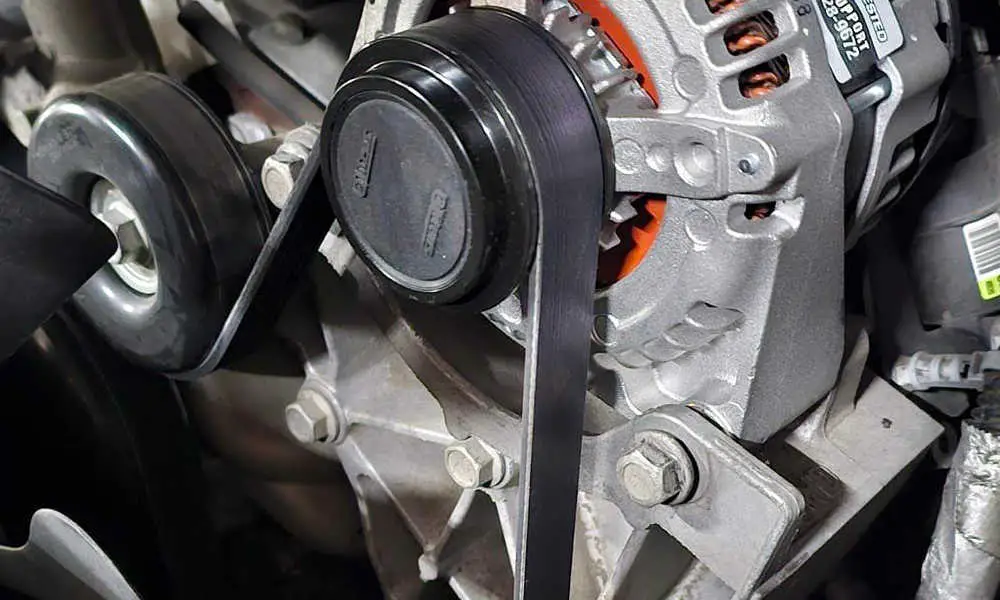
If you notice or identify an issue with your serpentine belt, the replacement will be the better option; otherwise, it may be a huge loss for you in the future because it may make different components faulty. Replacing the serpentine belt is an effortless task. Here, I list down some steps you can refer to while you attempt to replace your serpentine belt:
- Clarity regarding the placement: Before you attempt to replace your serpentine belt, give a thorough examination of the placement of your serpentine belt. For this, you can take some quick snaps relying on your owner’s manual or can refer to any authorized website.
- First, gather all the required tools, mainly the 17mm socket and its ratchet. Then, remove the tire and other required parts to get a clear view of the serpentine belt.
- Release the tensioner: Before uprooting the belt, you should first release the tensioner that holds the belt and prevents it from becoming too loose. Generally, these tensioner has a bolt where you can employ the socket. Insert it and slowly rotate it till the belt is loose.
- Clean the groove: After that, look for wear, potential damages, oil leakages, cracks, or fray, and clean the pulleys from dirt or other obstacles. This inspection helps you to identify the problem.
- Before installing a new belt, take a look at the tensioner, whether it is tight, rough, or has some sounds while rotating with your hand. If it has some issues, you also have to replace that pulley.
- Installation of new belt: Installation of the new belt is an easy task; thread it correctly onto all the pulleys, and when everything is in place, tighten the tensioner.
- After this, take a look at every pulley with caution so that the belt is placed correctly on the groove.
Conclusion
The serpentine belt of modern vehicles is an all-in-one solution for different individual belts. This slithery snaked belt reunites and wraps different pulleys to the engine, and when the crankshaft is set in motion, this belt pulls together all the other components together. Literally, like the regular belts that keep your pants up, this belt keeps up your vehicle. So serpentine belts must be maintained properly; otherwise, they may default many of your essential components. So tight up your belt and drive on……

